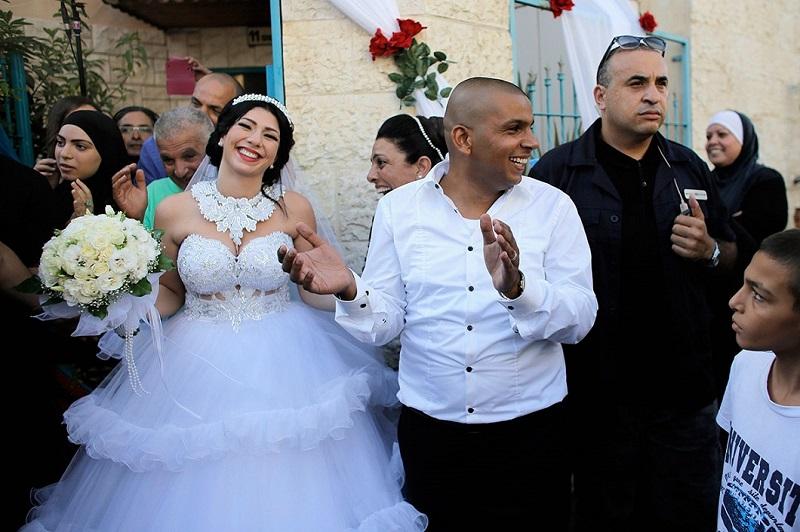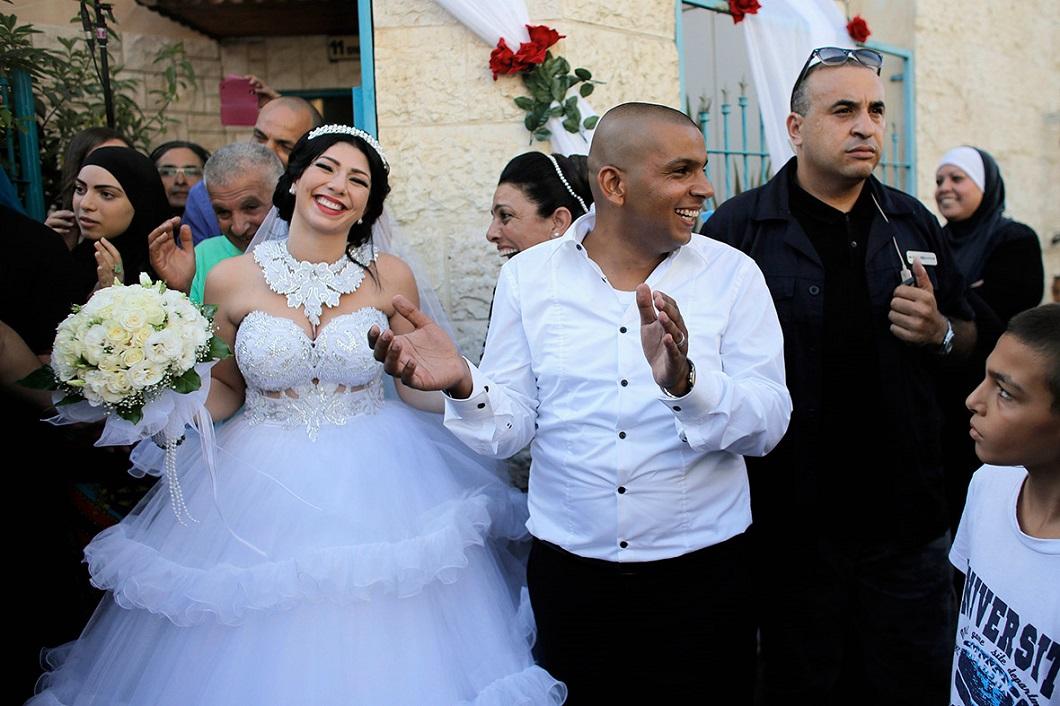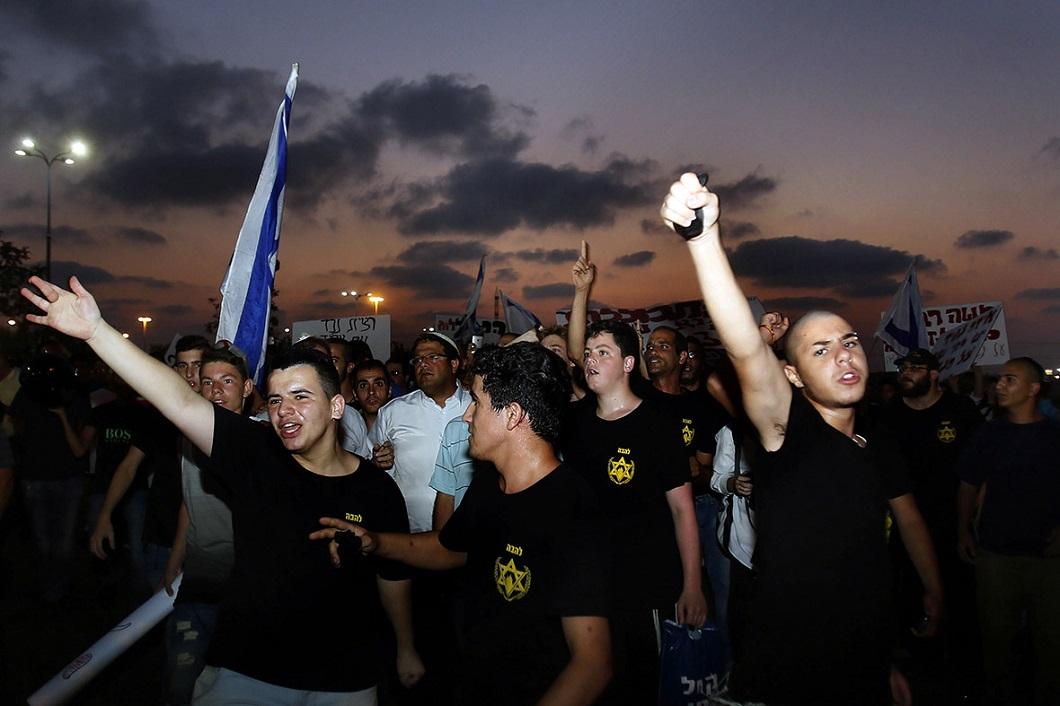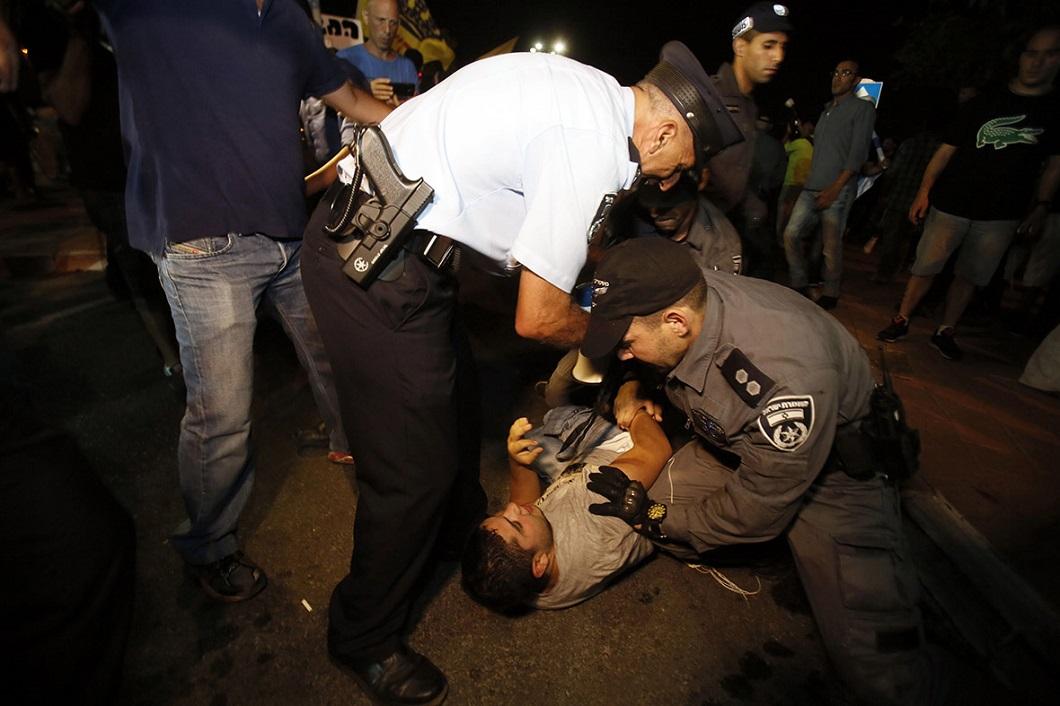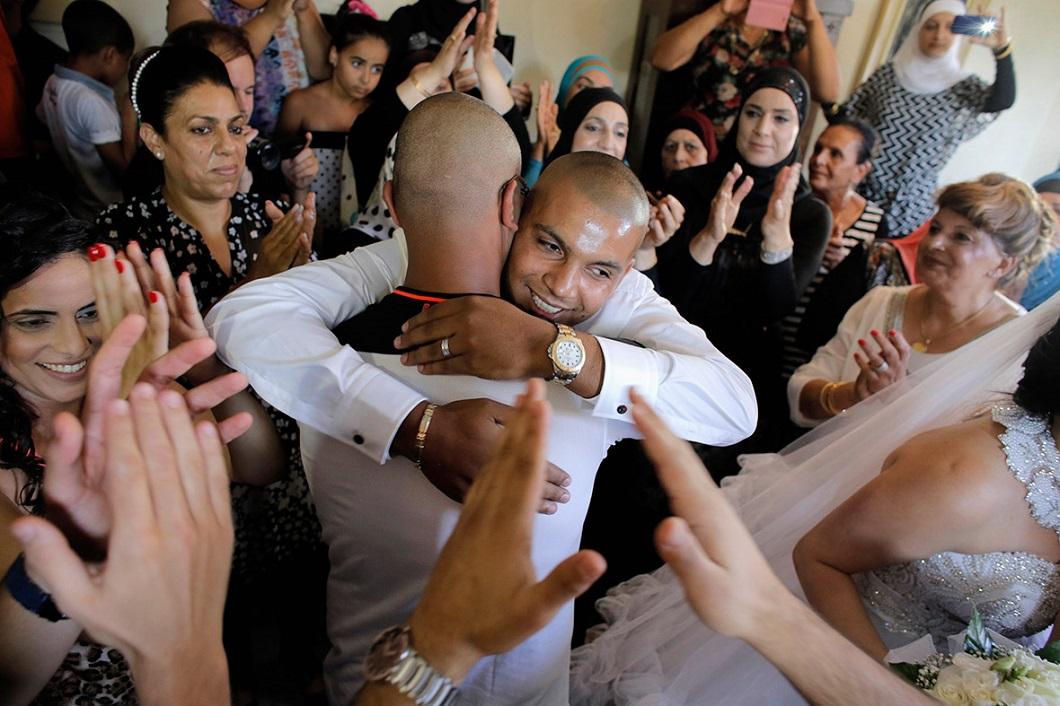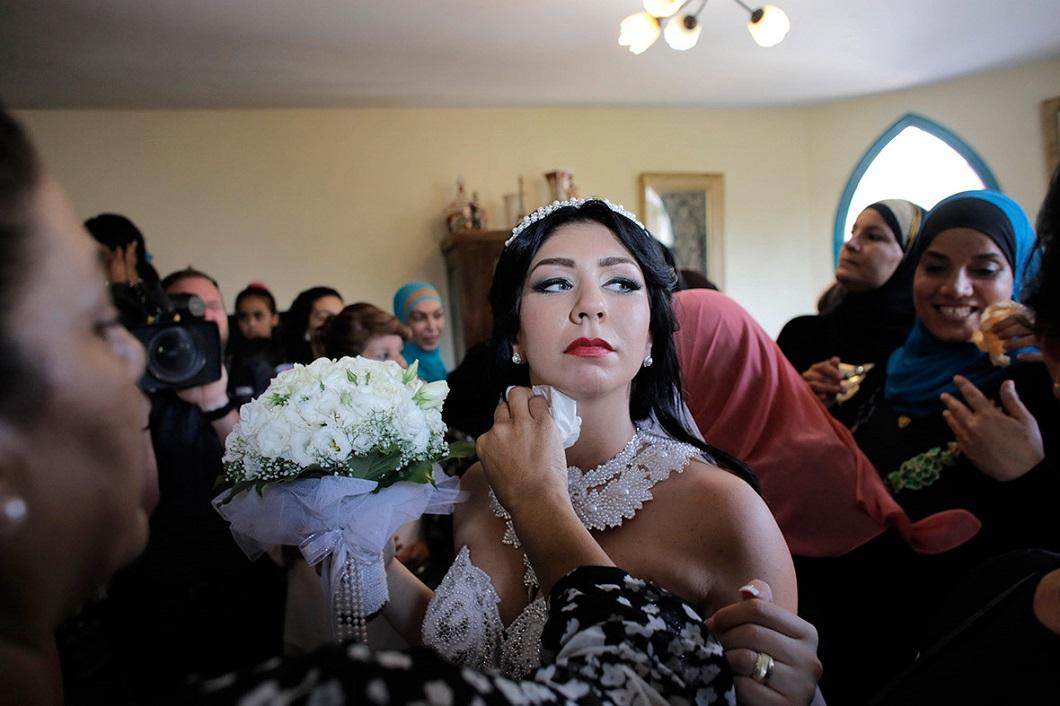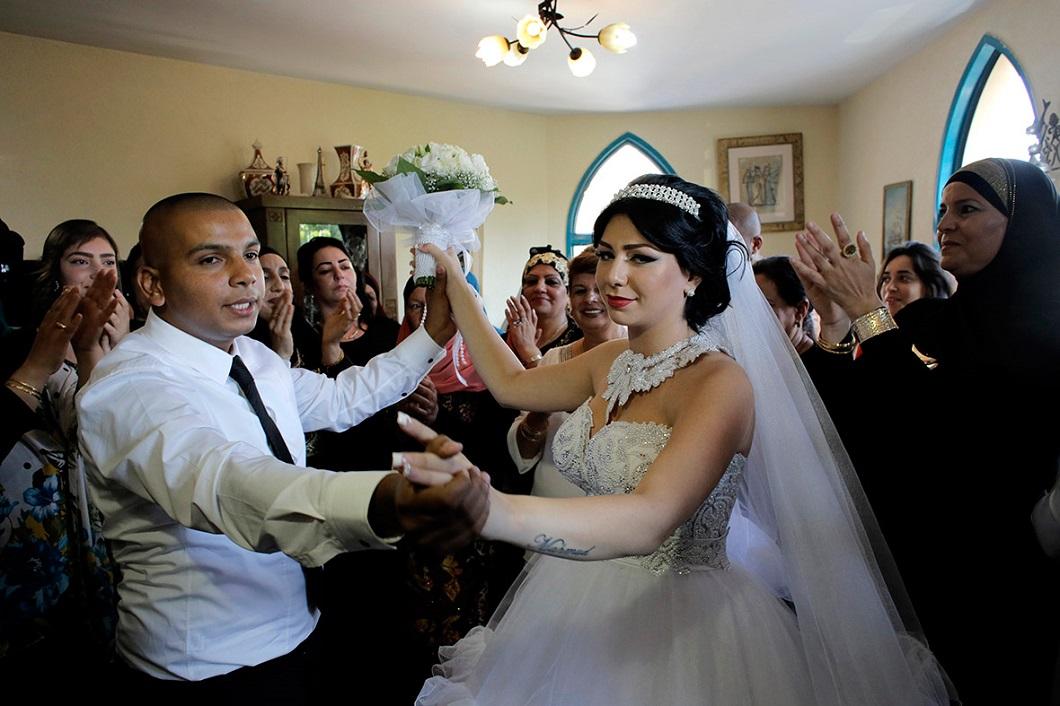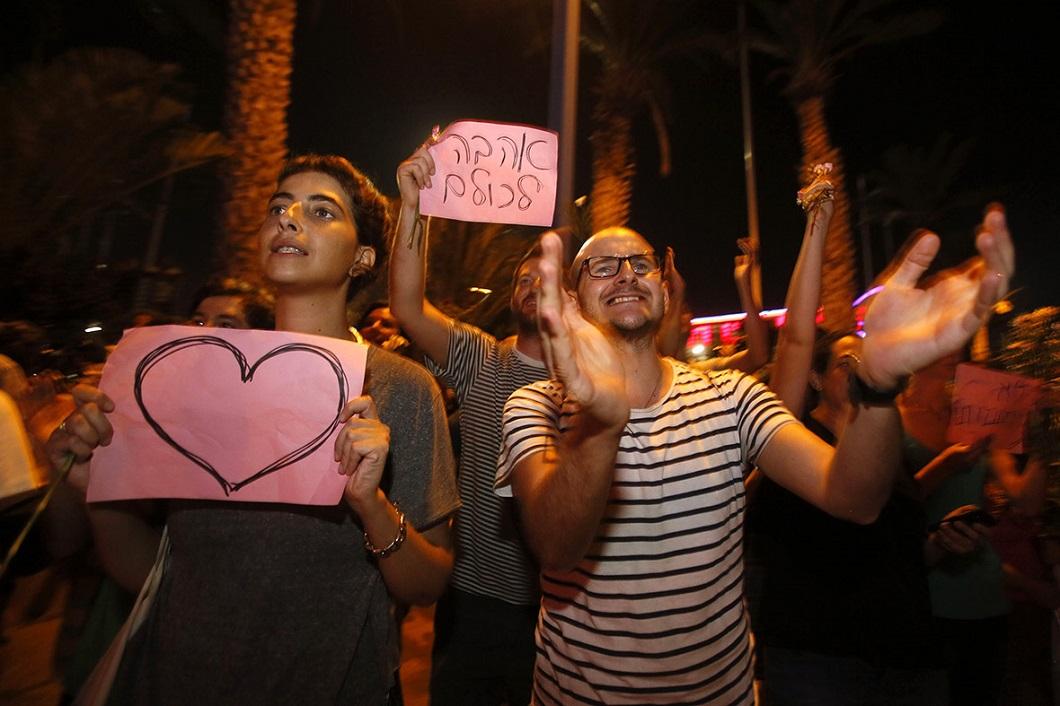International
Women's Day, a holiday celebrated world wide, honors working women
and women’s struggle everywhere. Taught that women's place
in history is relatively undistinguished, it should be a real source
of pride and inspiration to American women to know that International
Women's Day originated in honor of two all women strikes which took
place in the U.S.
On March 8,
1857, garment workers in New York City marched and picketed, demanding
improved working conditions, a ten hour day, and equal rights for
women. Their ranks were broken up by the police. Fifty-one years
later, March 8, 1908, their sisters in the needle trades in New
York marched again, honoring the 1857 march, demanding the vote,
and an end to sweatshops and child labor. The police were present
on this occasion too.
In 1910 at
the Second International, a world wide socialist party congress,
German socialist Clara Zetkin proposed that March 8th be proclaimed
International Women's Day, to commemorate the US demonstrations
and honor working women the wor ld over. Zetkin, a renowned revolutionary
theoretician who argued with Lenin on women's rights, was considered
a grave threat to the European governments of her time; the Kaiser
called her “the most dangerous sorceress in the empire."

The labor
struggle in the US is an exciting one, but it traditionally concentrates
on men. A little examination shows that women carried their weight
and their share from the beginning, both supporting the men’s
organizing and quite soon, after realizing that women's needs were
ignored in the existing unions, forming women's caucuses or all
women's unions. The first all women strikes took place in the 1820's
in the New England tailoring trades. The idea of women striking
and demanding better conditions, decent wages, and shorter hours,
apparently provided great amusement to the townsfolk of the peaceful
mill towns. It would be interesting to know how our sisters a century
and a half ago felt about not having their lives and aspirations
taken seriously.
The most famous
of the early strikes took place at the Lowell cotton mills in Massachusetts.
Here young women worked eighty-one hours a week for three dollars,
one and a quarter of which went for room and board at the Lowell
company boarding houses. The factories originally opened at 7 am,
but fore men,noticing that women were less "energetic"
if they ate before working, changed the opening hour to 5 am
.,
with a breakfast break at 7 a.m. (for one-half hour). In 1834,
after several wage cuts, the Lowell women walked out, only to return
several days later at the reduced rates. They were courageous but
the company had the power; a poor record or a disciplinary action
could lead to blacklisting. In 1836 they walked out again, singing
through the streets of the town:
Oh, isn't it a pity such a pretty girl as I
Should be sent to the factory to pine away and die.
Again they
returned to work within a few days. In l844 serious organizing
led to the Lowell Female Labor Reform Association. Their prime
demand was the ten hour day. The leadership and activity of this
union is credited with initiating some of the earliest reforms
in the conditions of the textile industries.
In the period
of intense labor activity following the Civil War, when widowhood
and general hard times forced thousands of women into the labor
force, thus causing panic and hostility on the part of men, women
found themselves excluded from most of the national trade uniqns.
So they formed their own, including the Daughters of St. Crispin,
a union of women shoemakers. During this era unions were formed
by woman cigar makers, umbrella sewers, and printers, as well as
tailoresses and laundresses.
The clothing
workers formed some of the most famous unions in U.S. history,
notably the International Ladies Garment Workers Union, founded
about 1900. The garment trade shops in the big cities, such as
New York, were deplorable. Fire hazards were rife, light was scant,
the sound of machinery deafening, the environment polluted. Women
were fined for virtually anything - talking, laughing, singing,
machine oil stains on the fabric, stitches too large or too small.
Overtime was constant and required, but pay for it was not. With
the support of the National Women's Trade Union League, founded
in 1903 - a combination of working women and middle-class, often
professional women who supported the working women's struggle -
the shirtwaist makers launched a series of strikes against Leiserson
and Company and Triangle Waist Company, two of the most notorious
shops in New York. Called the "Uprising of the 20,000",
these actions culminated in the first long-term general strike
by women, putting to death tne tiresome arguments that they were
unable to organize and carry out a long hard struggle.
For thirteen
weeks in the bitter dead of winter, women between 16 and 25 years
of age picketed daily, and daily were clubbed by police and carried
off in "Black Maria" police vans. The courts were biased
in favor of the sweatshop owners; one magistrate charged a striker,
"You are on strike against God and Nature, whose prime law
it is that man shall earn his bread in the sweat of his brow. You
are on strike against God." This elicited a cablegram from
George Bernard Shaw, who with other Europeans was following the
course of U.S. labor history. He wrote: "Delightful. Medieval
America always in intimate personal confidence of the Almighty."
The strike
was ultimately broken, as settlements were made shop by shop, but
the talent and endurance of the women made it impossible for people
to go on claiming that labor organizing was for men only. One year
after the strike was broken the infamous Triangle fire occurred.
Trapping women on the upper floors (the fire doors had been bolted
from the outside to prevent walkouts by the workers) the fire took
l46 lives, most of the women between the ages of 13 and 25, most
of them recent emigrants to the U.S.
The employers
were tried; one was fined $20. A settlement was made to the families
of the dead women for $75 per death. Rose Schneiderman, a Garment
Workers organizer, berated the community for supporting the law
and institutions that made such tragedies possible. "I know
from my own experience that it is up to the working people to save
themselves," she proclaimed. "The only way they can save
themselves is by a strong working-class movement."
This has
been but a fraction of the history of American working women; part
of this fraction was enough to inspire an International holiday.
Russia first celebrated March 8 after the Revolution; it is not
often recognized that one of the major sparks of the Russian Revolution
was a mass strike in 1917 by Russian women textile workers. Chinese
women began celebrating in l924, paralleling a strong women's movement
in the Chinese Communist party. When the women’s liberation
movement began in the U.S. and Britain, Women's Day was rediscovered
and revived as a feminist holiday. In 1970 the revolutionary Uraguayan
Tupamaros celebrated March 8 by freeing 13 women prisoners from
Uraguay's jails.
The story
of American working women is often tokenly recognized by referring
to great heroines of the movement Mother Jones, Ella Reeve Bloor,
Kate Mullaney, Sojourner Truth, and Elizabeth Gurley Flynn. These
were remarkable women and so were their stories. A good cure for
depression is to read a chapter of Flynn's autobiography or reread
the account of Mother Jones terrorizing scabs and participating
in the 1919 steel strike at the age of 90. But it should not be
forgotten that these were individual women, and that the bulk
of the' organizing, struggling, as well as succeeding and failing,
was done by ordinary women whom we willnever know. These
were women who, realized the tactical necessity of standing and
working together lest they be destroyed individually, women who
put to shame the ridiculous theories of "woman's place',"
women who in the famous Lawrence textile strike carried picket
signs reading "We want Bread and Roses, too", symbolizing
their demands for not only a living wage but a decent and human
life, and so inspired James Oppenheim’s song "Bread
and Roses"
As we come marching, marching,in the beauty of, the day
A million darkened kitchens, a thousand mill lofts gray
Are touched with all the radiance that a sudden sun discloses
For the people hear us singing, Bread and Roses, Bread and Roses
As we come marching, marching, we bring the greater days
The rising of the women means the, rising of the race
No more the drudge and idler that toil where one reposes
But a sharing of life's glories, Bread and Roses, Bread and Roses






























